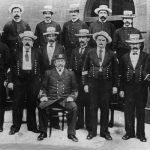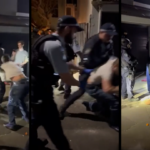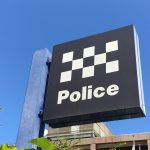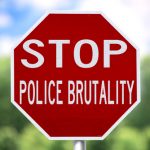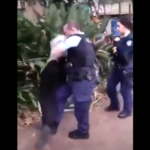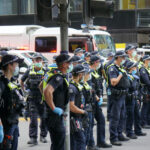Australian Police Only Protect the Interests of Those Who Are Like Them
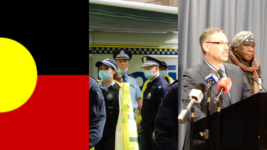
“There is a structural problem with policing, and it’s important to understand that in the context of missing and murdered First Nations people, women and children in particular,” said lawyer George Newhouse. “Like other police forces in our nation, it has a military command structure.”
“The WA police are focused not on the individual but on the ‘community’,” the National Justice Project director continued, as he addressed an inquiry panel. “To the WA police, like most others around our nation, the community is people who look like them.”
Newhouse made the remarks during a 4 October hearing before the Senate Standing Committees on Legal and Constitutional Affairs Inquiry into Missing and Murdered First Nations Women, which is an investigation that Greens Senator Dorinda Cox put on the table in late 2021.
The Yamatji Noongar senator told Sydney Criminal Lawyers back then that the inquiry was necessary due to a number of outstanding cases – 76 in total – that involve a missing or murdered Aboriginal woman or child, so as to consider whether this backlog is due to the neglect of police or the system.
“But it’s important to understand that First Nations people come to this issue with a history of violence and massacres in policing from the start of the first police force in Western Australia,” outlined Newhouse, as he pointed to the key foundational issue within Australian law enforcement.
Settler colonial force
The NSW Police Force was established in 1862, via an amalgamation of three law enforcement bodies operating at the time. These consisted of the Border Police, the Mounted Police and the Native Police: all three of whom were again being used to secure land in possession of First Nations.
Much of the work these early British law enforcement agencies did involved them violently dispossessing First Nations people off their traditional lands, which later led to the placing of them on heavily controlled camps or separated from their parents and given to others.
The disparities and prejudices involved in the early days of policing the continent carry on to this day in a rather overt and blatant manner, which is only backed up by the stark sets of statistics resulting from these systems.
Right now, the ABS outlines that as of June this year, of the 42,204 adults in Australian prisons, 14,011 of them were First Nations peoples. This means that 33 percent of the prisoner population is Aboriginal, despite Indigenous people only making up 3.2 percent of the overall populace.
As a nation, despite a few exceptions currently underway, the majority of jurisdictions continue to set the bar at as low as 10 years old in terms of criminal responsibility, which means that in NSW, children can be locked up at 10 years old. And these laws are usually reserved for Indigenous kids.
Another reminder that the Frontier Wars that swept this country continue only under more subtle means is the ongoing injustice of Aboriginal deaths in custody.
Indeed, the NSW Council for Civil Liberties recently revealed that 518 such deaths have occurred since 1991, when the Royal Commission into the issue made 339 recommendations for improvement, most of which have been ignored, while no convictions have ever been recorded.
This aspect to these figures is counterintuitive, as under the influence of the notion that our society is steadily progressing towards an ever-freer society, one would have expected these numbers to be on a downward spiral, yet they’re slowly creeping higher at almost every count.
Maintaining the disparities
The National Justice Project provides legal representation to First Nations families and relatives, who’ve lost a child to a death in custody, as well as to all families across the board, when the policing issue involved is the excessive use of force used during mental health call-outs.
But despite the long pending issue of sending out the police to deal with mental health crises, at present the system operates in the same way, and 2023 has seen officers shoot or taser an individual to death on four separate occasions.
Newhouse further put it to the inquiry panel that there are ways forward, which include rolling out “culturally responsive policing”.
“That’s vital,” the human rights lawyer continued. “In cases of missing and murdered people, often police have no oversight and there are no complaint mechanisms for Indigenous people to escalate their concerns.”
Other reforms Newhouse identified as a way out of the 200 year crisis in law enforcement, would be the installing of a First Nations individual as the Indigenous assistant commissioner of police, who would specifically ensure that policing Indigenous people doesn’t necessary end in arrests or deaths.
But perhaps the key issue preventing reform is not due to the difficulty in fixing the system, but rather what appears to be a long-term and entrenched reluctance to improve it on the part of authorities.
And every year, rather than see the necessary reforms come into play as the nation moves away from criminal justice disparities, it would seem these recommendations receive a lack of will to act upon them, which is to the serious detriment of First Nations peoples.


